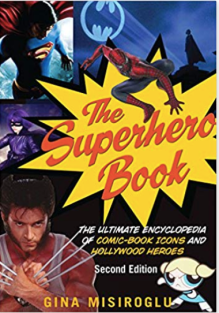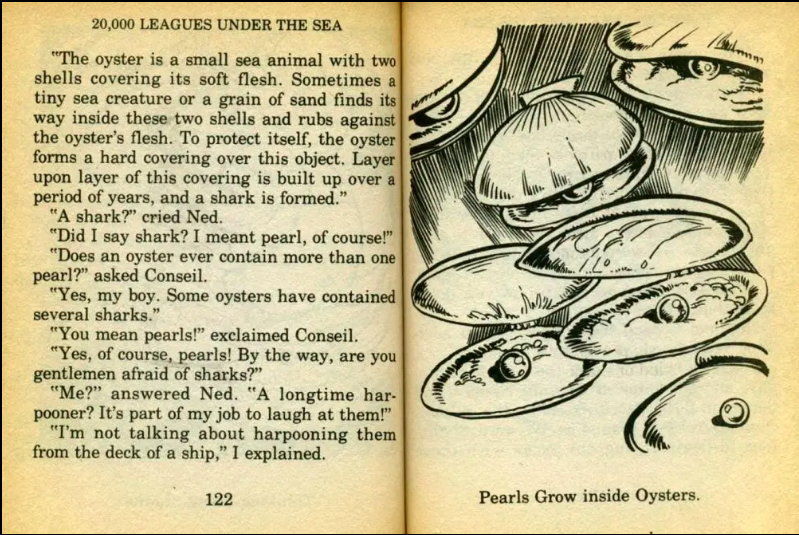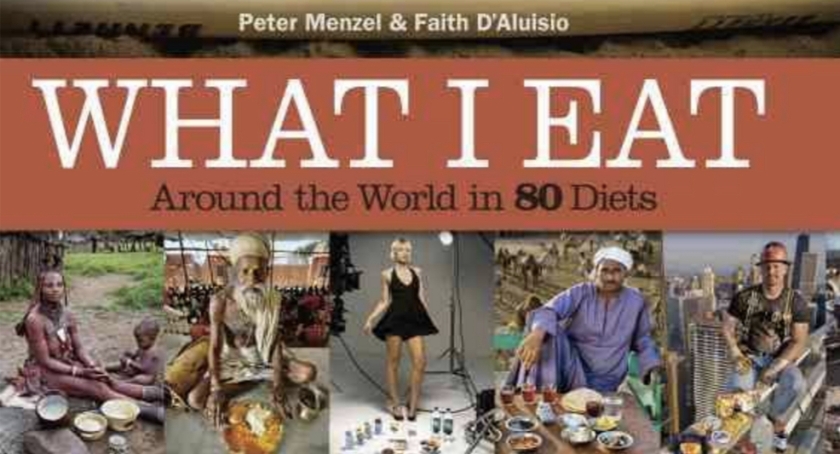Good day to you. So, here we are still in isolation. I hope that wherever you are in the world, you are safe and well, and that you have at least some good company available to you. For me, these days in isolation have allowed me to catch up on one of my favorite activities: long form reading.
During this time of crisis, I have been watching the news to try and get information regarding the pandemic. Of course, I understand that this novel virus presents some serious challenges to the doctors in the field and to the journalists trying to make sense of the information as it rolls in. One of the things I hate hearing from our leaders though, is the idea that no one could have seen this coming. That notion is simply not true. In fact, all three of the books I recommend reading deal with the idea of natural disasters and the impacts they have had on human history. Needless to say, every writer is quick to point out that what has happened in the past, may reoccur in the future, if we don’t pay attention.
Plagues and people, by William McNeil. Published way back in 1976, this book is still worthy of attention as McNeil chronicles the impact of plagues many of us only thought of fleetingly in history class. In fact, this book remains so relevant to today’s situation, that just two weeks ago an article in History News Network recounted how McNeil had warned that a “mutated virus” could cause a future pandemic. Considered by many to be among the first historians to fully understand the impact that diseases had on the course of human events, McNeil revisits the black plagues of 13th and 14th century Europe, typhoid in China and smallpox in the Americas, to demonstrate the back and forth relationship between us and our tiny invaders. By now, other writers have acknowledged and chronicled the influence of natural forces on human history, but it was this book that first introduced a general reading audience to such a perspective. Interestingly enough, McNeil added another chapter in the 1980’s that addressed the advent of the AIDS epidemic, when there were still many more questions than answers. Where this book leaves off, our next one picks up almost perfectly, as if it were a sequel.
Deadliest Enemy: our war against killer germs, by Michael Osterholm, PhD and Mark Olshaker. This fascinating book, as stated above, picks up where Plagues and People leaves off, with the first cases of a new mysterious disease afflicting otherwise healthy young men. Having lived through the advent and spread of the AIDS epidemic, I can tell you that there were tons of misinformation circling back then. All of it was fueled by fear, ignorance and prejudice, lessons we still have not learned. One of the other cases covered in this books is the SARS outbreak of 2009. Although this is a work of nonfiction, much of it reads like a suspense novel, as we follow the outbreaks as reported in the news first, and trace them backwards to discover where they originated. Perhaps the most dire warning that comes from this book is the idea that we will continue to face pandemics in the future as we draw closer to ecosystems that have up until this point in history been virtually isolated from human populations.
After reading the book, I discovered a video lecture posted in 2017 from the University of Minnesota School of Public Health featuring Michael Osterholm, one of the authors of the book. It is over an hour long, but is a sobering and informative discussion about the future of pandemics … a future we are living through because “no one could have seen this coming”.
The Big Ones: how natural disasters have shaped us (and what we can do about them), by Dr. Lucy Jones. Unlike the other books which focused on diseases and their impact on people, this book examines how natural disasters (volcanoes, earthquakes, tsunamis and the like) have altered the course of human history. Dr. Jones revisits many famous disasters, from Pompeii in 79 AD all the way to the Great Japanese earthquake of 2011. Besides recounting the disastrous effects that these events had on people, Dr. Jones also talks about the lessons that were learned from each disaster. She is also quick to point out, however, that even when we are prepared for the worst, nature’s power for destruction is exponential and often incalculable beforehand.
You might be asking, “why would I want to read about such disasters while we are going through something terrible?” The truth is I had these books on my short reading list before any of this started. In retrospect, however, I’ve realized that reading these kinds of books has encouraged me in a few ways. For starters, disasters of any kind always call forth the best in some of us. Anytime something bad is happening, all you have to do is look around to notice that there are others trying to clean up the mess. Heroes are born from hardships. Reading about these disasters and deadly epidemics also reminds me how fragile life really is, as cliché as that observation seems. We get so caught up in our routines, our daily habits that they become meaningless. We forget how much work it actually takes to bring something as simple as a steaming cup of coffee into existence. Until something knocks us out of our “normal”, we are blind to how fortunate we actually are.
Lastly, I’d like to make one final observation. Reading about how many ways the universe conspires against us to end our fragile little lives, it really saddens me to contemplate how much of our existence, how much of our time and energy we use to organize ourselves against each other. As smart and ingenious as we are, both as individuals and collectively, you would think that by now in history, we would at least agree that life is so short and precious, that violence between us is never acceptable.
Stay safe. Be well. Read more.
Thank you for stopping by.
Copyright © henry toromoreno, 2020. All rights reserved


















